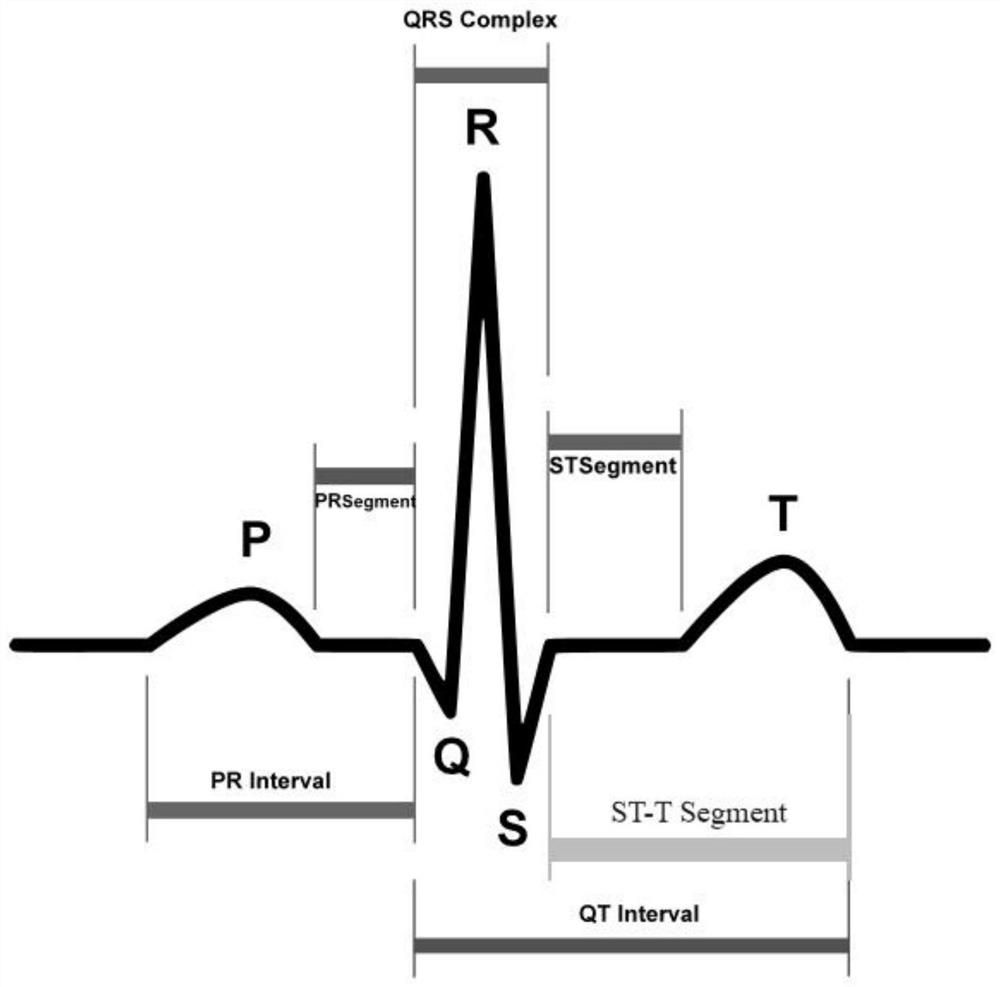Electrocardiosignal premature beat detection method for
A technology for electrocardiographic signals and detection methods, which is applied in the directions of diagnostic recording/measurement, medical science, diagnosis, etc., and can solve the problems of poor detection effect of premature beats, noise interference, and poor detection effect.
- Summary
- Abstract
- Description
- Claims
- Application Information
AI Technical Summary
Problems solved by technology
Method used
Image
Examples
Embodiment Construction
[0048] The present invention will be further described below in conjunction with the accompanying drawings and specific embodiments, so that those skilled in the art can better understand the present invention and implement it, but the examples given are not intended to limit the present invention.
[0049] A method for detecting premature beats of electrocardiographic signals proposed by the present invention has achieved good results in the detection of premature beats of electrocardiographic signals. The complete technical solution is as follows:
[0050] S1. Data preparation
[0051] 1. the electrocardiographic signal data sampling rate that the present invention prepares is 400HZ, and the input length of electrocardiographic signal is fixed as uniform length (time length is 10 seconds, 4000 points), and electrocardiographic signal has electrode interference noise, myoelectricity in various degrees Interference noise and baseline drift noise.
[0052] 2. Prepare the corre...
PUM
 Login to View More
Login to View More Abstract
Description
Claims
Application Information
 Login to View More
Login to View More - R&D
- Intellectual Property
- Life Sciences
- Materials
- Tech Scout
- Unparalleled Data Quality
- Higher Quality Content
- 60% Fewer Hallucinations
Browse by: Latest US Patents, China's latest patents, Technical Efficacy Thesaurus, Application Domain, Technology Topic, Popular Technical Reports.
© 2025 PatSnap. All rights reserved.Legal|Privacy policy|Modern Slavery Act Transparency Statement|Sitemap|About US| Contact US: help@patsnap.com



